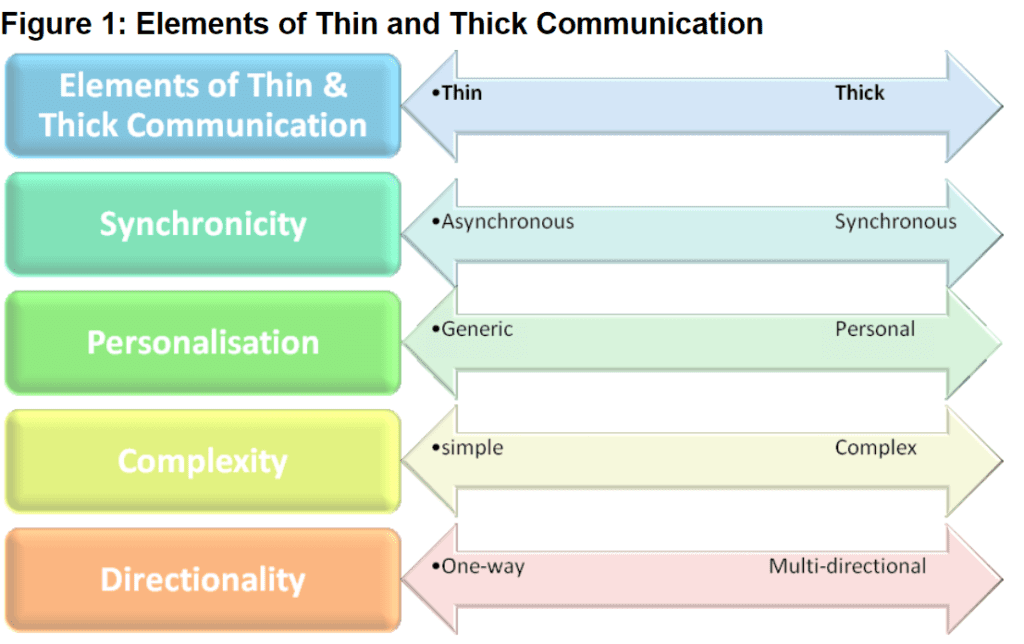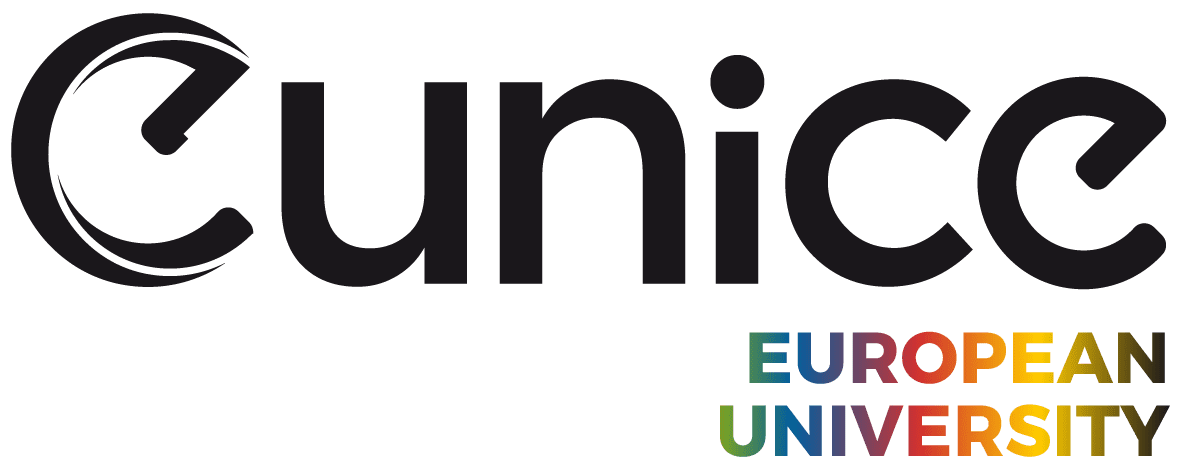Hello there! Welcome back to my blog mini-series. Today I wanted to talk to you about communication, and why it is a crucial tool in collaborative projects of any sorts.
Before talking about communications, I quickly want to recap what we spoke about last time: I tried to clarify 7 areas that you, as a researcher, need to keep in mind when collaborating with other institutions (You can read the whole article here). These were: managing expectations, the benefits and challenges of collaborative working, establishing contacts, proposals, budgeting and compliance, Confidential Proprietary Information and Intellectual Property concerns, and Long-Term Relationships. Most of these had many things that can be done about them, however ALL of these need to be communicated to maximise the chances of success.
There is also another reason why I wanted to bring up communication and dedicate an entire blog entry to it. First and foremost, because it is a (scientifically) proven way to improve the likelihood of success of any collaborative project. Different working groups have shown repeatedly – across industries – that communication is one of the major keys to success. For us, this is cool, because it shows that regardless of the end product, the probability of success improves!

THICK AND THIN COMMUNICATION
When thinking of communication, we might thing of the obvious – speaking, texting, e-mails, instant messaging. Now, the thing with communication, which you must have surely noticed over the past couple of years is that a zoom meeting will never replace a face to face meeting. Why is that? Well… there is just that little “something” in a face to face meeting that is different. This is where the concept of thick and thin kicks in. Thick and thin communication is based on 4 factors:
- Synchronicity – How instantaneously can you send and receive information. Speaking face to face, and a telephone call are pretty synchronous, because usually there is little to no delay to getting and sending information. The more synchronous, the thicker the communication.
- Personalisation – this is the extent to which a message is generic or specific to an issue. Websites (a form of communication) are a good example of generic communication. Even if they cover a specific topic, it is up to the user to specify and navigate on the website to find what they want. Thus, making it a generic form of communication. A letter to your parents might be more personalised. The more personalised the message, the thicker the communication.
- Complexity – a complex message might need more sophisticated forms of communication. E-mails can be both complex and simple… Text messages tend to be a form of communication used for less complex issues. The more complex a message, the thicker it is as a communication.
- Directionality – Can you communicate both ways? if not, it indicates “thinner” communication… Whereas a two-way communication channel tends to be “thicker”.
Returning to our zoom vs face to face example you might identify that the area of difference is the synchronicity. Sound and light still travel faster when you’re face to face than screen to face. Thus, the ever so slight improvement in synchronicity in face to face changes the feeling a LOT.
Now, you must understand that there is not one solution which is better than the other. At least in absolute terms. This is because communication is context dependent. And this leads me on to some of the ways to use communications in different areas of collaborative projects. I will also try to explain what sort of modes of communication you can use, and how communication can lead to success.

MODES OF COMMUNICATION AND HOW TO USE THEM
When thinking of “getting to know” your collaborator, it is useful to try and resort to thicker modes of communication. This shows that you’re engaged and that you’re willing to invest time and energy into making the project work. This means that you should try to invest into the thickest mode of communication that makes sense. If you’re collaborating locally, this might mean in person meetings… if you’re collaborating trans-continentally, a video meeting might be as thick as the communications can go. Academic literature supports this notion. It is important to have thick communications when getting to know each other because it shows this willingness to work through and manage expectations.
Once you’ve got to know your collaboration partners you might go into a negotiation phase. When I speak of a negotiation phase, I speak of contracts, agreements, expectation management, etc. In this context, it is hugely important to have good quality, open and bi-directional channels open. This planning phase in a collaborative project is the one that requires most investment from a communications perspective, because it lays the foundations of the project. Therefore, BOTH thick AND thin communications should be used to ensure availability and “proof” of commitment to the project.
If you’re already in a project that is up and running, you might need to use some slightly less thick, less synchronous, but complex communications. This is especially true for project updates. For example, you might use some e-mail to forward a document with progress reports. This is obviously a thinner communication mode. However, the frequency and regularity of such thinner communications can instil trust from your project partners and can make them feel as though you are taking the project seriously. This is useful, because with relatively low investment, you can improve your relationship with your project partner.
In terms of learning from your project partner, it is always useful to employ a mix of thick and thin communications. This mostly depends on what you are trying to learn. If you’re trying to learn something tacit, then you might need to invest in thick communications. Because to be socialised and learn tacit knowledge from someone, it is easiest to essentially shadow them. Tacit knowledge in this context may refer to culture, or the norms of a partner. These can be useful to learn because they give perspective on how different entities approach projects. As a researcher, it is important to gain experience in many different (professional) cultural contexts, so that you’re always adaptable and open for collaborations with different sorts of institutions!
When a project nears completion, there might be a stronger focus on knowledge transfer. Making sure that all the learnings from the project are propagated to the right areas. Here, academia again posits that we should use thicker communications. The cool thing is that some experts even suggested the use of objects to facilitate and help the knowledge transfer mechanism! Thus, if there is some way of objectifying the results of research, it is definitely worth a shot to try and make the knowledge transfer mechanism more efficient.
Indeed, in an age where work and life become increasingly entertwined it might be difficult to know what sorts of mode of communication are appropriate. Luckily, there are some modes of communication that are currently “essential” in the workplace. And they are pretty standard across industries.
In-person meetings. When hosting one, make sure you have a clear purpose, clear agenda, and that you come out with something actionable. Actively go in to resolve issues or address concerns.
Documentation. This is where the work gets done. Make sure to write clearly, and ensure that there is a clear feedback loop should there be one. Include contact details to get back to you if you’re going to maintain the documentation over time. Make sure that when you update or modify documentation, relevant people get notifications.
E-mails. One of the pillars of professional communication. Most people will have this as their default for thin communications. Ensure that you use e-mails precisely and with purpose. They can also serve as a tool to nurture relationships.
Instant Messaging Platforms. These have entered the market recently, and are useful if you’re working with a more tech savvy bunch or younger people. I love using teams, and it is easy to transfer from thin to thick communications quite quickly, as IM Platforms often include calling and video conferencing options.
Phone Calls and Videoconferences. The modern middle ground in terms of thick and thin communications. These are excellent should you want to resolve issues quickly. These can also be useful for issues that require more investment and time, but also a thicker medium. Excellent modes of communication to reduce perceived distance between collaborators.
Social Media. Especially important for creating and curating your networks, a place of opportunity and self-marketing. These can also be useful platforms for knowledge transfer and dissemination of what you have done.
All in all, then, today we have covered a lot. I have explained to you that communication as a standalone is a key to success. And this is validated in several different industries. We have also discussed thick and thin communication. Based on this concept, I have shown you how different contexts might require different communications. We then also touched base on what modes of communication are generally acceptable in the workplace, although as with anything use your tact to see if anything else might be appropriate to the context.
Hope you enjoyed the reading, join us next time to discover about the third sector and why we should care more about it! You can read more here.
ABOUT THE AUTHOR:

Hi! My name is Riccardo Notarangelo, I have been at the University of Vaasa since the end of February 2022. I was hired as a project researcher for the REUNICE project and am having a lot of fun exploring all the different aspects of collaboration between universities and other sectors. I’m a young and dynamic researcher and love physical activity. I’m naturally curious and hands on in my approach. This gets me involved in a lot of things. I currently hold a BSc in Economics and Business Economics as well as an MSc in Business Intelligence and Smart Services.





